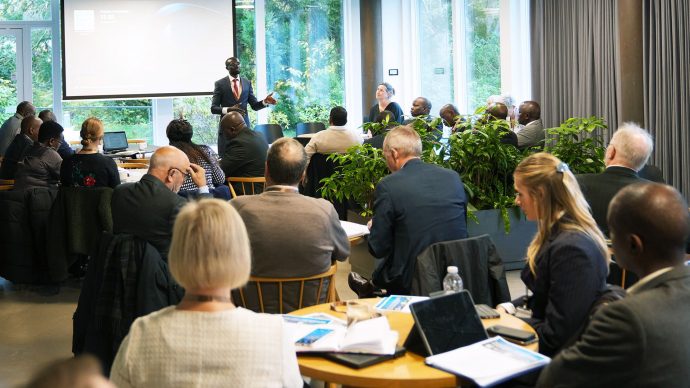NEW YORK, 11 August 2009: It is estimated that more than 90 per cent of the 1,7 million women living with hiv in Asia became infected from their husbands or partners while in long-term relationships. By 2008, women constituted 35 per cent of all adult hiv infections in Asia, up from 17 per cent in 1990.
A new report by UNAIDS, its Cosponsors and civil society partners, being released at the 9th International Congress on AIDS in Asia and the Pacific in Bali, Hiv Transmission in Intimate Partner Relationships in Asia, examines the issue of married or in long-term relationships women who are at risk of hiv infection due to their partners’ high-risk behaviors.
The evidence from almost all the countries in Asia indicates that women are acquiring hiv not because of their own sexual behaviors but because of the unsafe behaviors that their partners engage in. The intimate partners of men who have sex with men, injecting drug users or clients of sex workers constitute the largest vulnerable population in Asia.
Hiv prevention programmes targeting the female partners of men with high-risk behaviors have yet to be developed in Asia, but are clearly essential.
At least 75 million men regularly buy sex from sex workers in Asia, and a further 20 million men have sex with other men or are injecting drug users. Many of these men are in steady relationships: it is estimated that 50 million women in the region are of risk of acquiring hiv from their partners.
The report notes that men who buy sex constitute the largest infected population group – and most of them are either married or will get married. This puts a significant number of women, often perceived as ‘low-risk’ because they only have sex with their husbands, at risk of hiv infection.
The report recommends four main strategies that should be implemented in addition to increased services for key populations:
Hiv prevention interventions must be scaled-up for men who have sex with men, injecting drug users, and clients of female sex workers and should emphasize the importance of protecting their regular female partners.
Structural interventions should be initiated to address the needs of vulnerable women and their male sexual partners. This includes expanding reproductive health programmes to include services for male sexual health.
Hiv prevention interventions among mobile populations and migrants must be scaled-up and include components to protect intimate partners.
Priority should be given to operations research to develop a better understanding of the dynamics of hiv transmission in intimate partner relationships.
It is hoped that the report will be a wake-up call that highlights the effects of the hiv epidemic on this hitherto most-neglected population.
Læs hele artiklen: www.unaids.org















